I have a signal with a phase that is around 40 Hz, with small amounts of noise. I am trying to analyze it to find the frequency in 1 second blocks, I am using python to do a simulation of this. I found that the blocked FFT analysis was not accurate, so I looked at specific blocks to see why this was happening and found that at later times, the FFT was not making sense and having a spike around the 40 Hz where it should. I am using Python for this simulation and here is the code:
First create the signal:
# Time
time = 500
# sample spacing
T = 1.0 / 5000.0
sample_freq = 1.0/T
#number of points
N = time / T
x = np.linspace(0.0, N*T, N)
noise = np.random.normal(scale = 0.01, size = len(x))
noisy_freq = 40 + noise
y = 50.0 * np.sin(noisy_freq * 2.0*np.pi*x) + 1.0*np.sin(80.0 * 2.0*np.pi*x)
Then I looked at the FFT for the first second and receive:
and zoomed in to around 40 Hz
Then I looked at the 10th second block:
and zoomed to around 40 Hz:
It is visible the signal is degrading already and this horizontal line is beginning to develop which I'm not sure what is is from.
Then I looked at the 100th second and this is what I found:
and zoomed to around 40 Hz:
and the FFT response is showing barely any certainty of a spike around 40 Hz. I cannot figure out why the signal degrades at later times. I have tried using windowing functions, but this does not help.
Here is the code I use to create the FFT:
sample_freq = 1/T
time_step = 10
step = int(time_step * sample_freq)
x = x[100/T:101/T]
y = y[100/T:101/T]
flat = flat_top_windowing(len(y))
y = y*flat
yf = np.abs(np.fft.fft(y))
x_n = x.size
xf = np.fft.fftfreq(x_n,1/sample_freq)
plt.close()
plt.plot(xf, 2.0/N * yf[0:N/2])
plt.grid()
plt.show()





